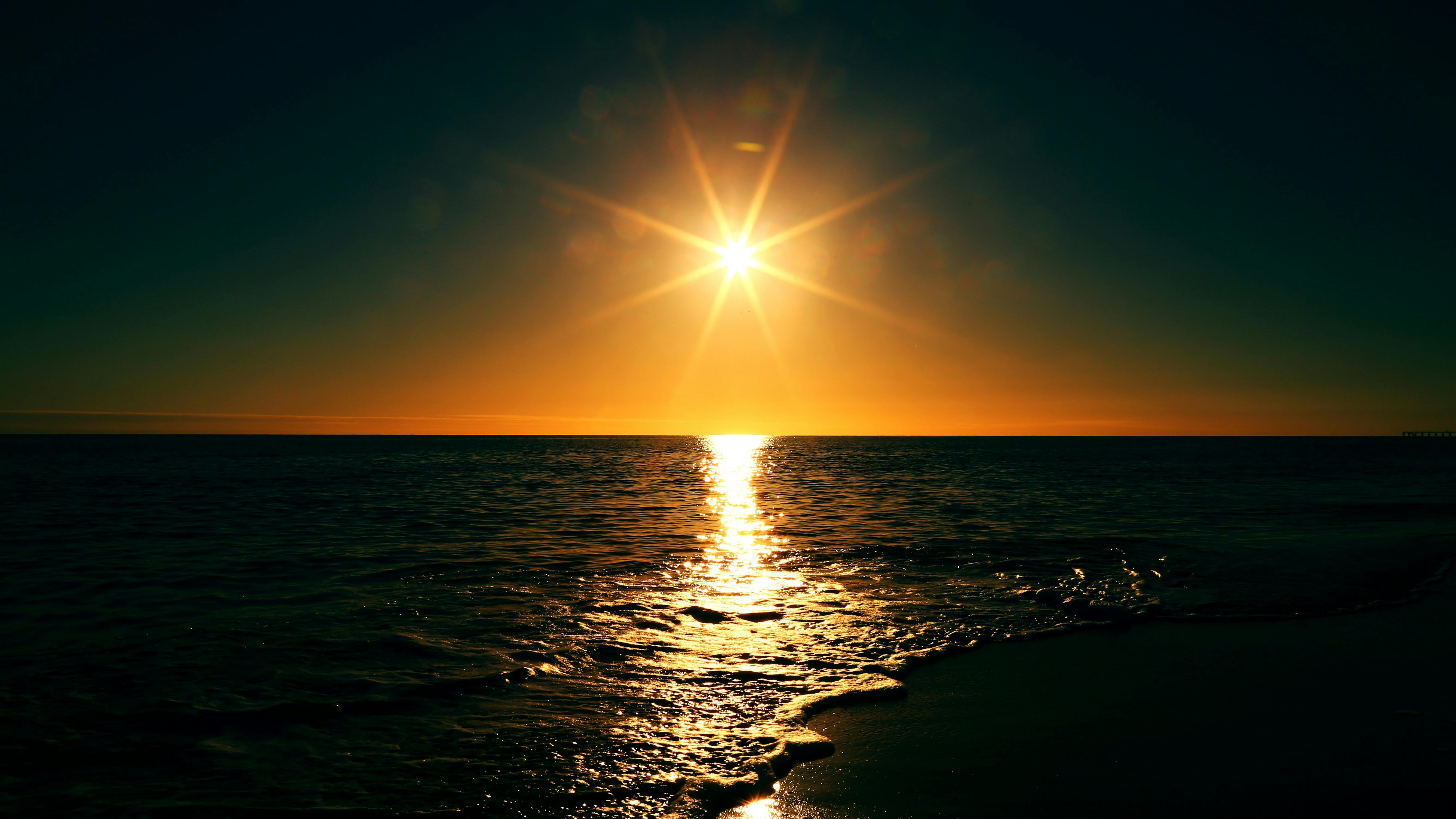

"This is country," says Bill as they arrive in the beautiful area they have chosen for their fishing – both men feel that the natural landscape has something real and essential in it that the town does not have. Then there is also the fishing trip that Jake takes with Bill, which Hemingway describes in language that lacks the undercurrents of emptiness and dissatisfaction present in the city scenes. There are several of these excursions, including the bullfight, with its display of the violence of nature, and Jake's trip to the sea, where he steps out into the water and finds simple pleasure in being able to see only the sky around him. The characters are dissatisfied with city life and suggest trip after trip to try to find satisfaction, but these urban rituals keep repeating themselves, until Jake's brief excursions into nature, which give momentary peace and escape. There is also a sense that since the war, civilization has been moving away from nature and from natural experiences. There are descriptions of drinking and dialogue instead of the sky or the weather. For most of the novel, there is a noticeable lack of natural landscape. Between the meals and drinks are journeys along Parisian streets and across the square in Pamplona. The next time he nosed at the steer and then the two of them trotted over to the other bull.The social scene in The Sun Also Rises takes place mostly in bars, cafes and restaurants. The steer came up to him and made as though to nose at him and the bull hooked perfunctorily.

The steer ran awkwardly and the bull caught him, hooked him lightly in the flank, and then turned away and looked up at the crowd on the walls, his crest of muscle rising. Mesa Arch has become a world attraction such that every day scores, if not hundreds, of visitors make the walk to see the light bounce off the underside of the fabled sandstone as the canyonlands light up from below. Suddenly the bull left off and made for the other steer which had been standing at the far end, his head swinging, watching it all. Sadly, it has become such that it is, for all practical purposes, impossible to re-create this scene. The steer was down now, his neck stretched out, his head twisted, he lay the way he had fallen. Gardner, Ava - Actress, USA -+ Scene from the movie The Sun also Rises - with Errol Flynn Directed by: Henry King USA 1957 Produced by. "I saw him shift from his left to his right horn." He did not change his direction and the men shouted: "Hah! Hah! Toro!" and waved their arms the two steers turned sideways to take the shock, and the bull drove into one of the steers.

He charged straight for the steers and two men ran out from behind the planks and shouted, to turn him. The Sun Also Rises (1926) SELECTED LETTERS 19181926. In the far corner a man, from behind one of the plank shelters, attracted the bull, and while the bull was facing away the gate was pulled up and a second bull came out into the corral. Refugee Procession Is Scene of Horror British Lake In Black Sea Seen In Open Straits Move Powers Agree On Exchange of Nationals. In The Sun Also Rises, the significance of the title is that it emphasizes the existential condition of the so-called Lost Generation of artists and writers of which Hemingway was a part. They had backed up another cage into the entrance. "He's got a left and a right just like a boxer." He took up boxing in response to his resulting feelings of inferiority. The Sun Also Rises is narrated in the first person from the limited perspective of Jakes Barnes, the center of the story. This book is inspired by a true story, and is one of the works that made him very famous in the nineteen-twenties. But at Princeton he was made to feel like an outsider because he was Jewish. The Sun Also Rises is a war novel published in 1926 by Ernest Hemingway. Born into an old, rich Jewish family, Cohn had an easy childhood. "Look how he knows how to use his horns," I said. The narrator, Jake Barnes, describes Robert Cohn, who was a middleweight boxing champion in college at Princeton University. "My God, isn't he beautiful?" Brett said. Hemingway references the Dingo several times in The Sun Also Rises it is also the site of the scene in which Lady Brett informs Jake that she has been having. As we're thinking about the state of bullfighting today on Fathom, we thought we'd take a minute to recall it's heady and glamorous novelization.

It's a tragic love story that follows a group of American and English expats around the Left Bank of Paris to the macho bullfighting scene in Pamplona, Spain. Photo: George Eastman House / Flickr CommonsĮrnest Hemingway wrote his epic second novel, The Sun Also Rises, in 1926.


 0 kommentar(er)
0 kommentar(er)
